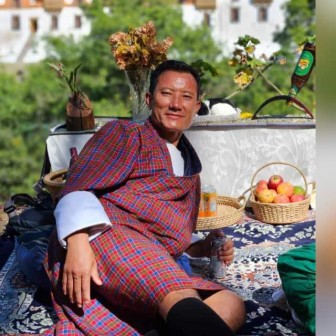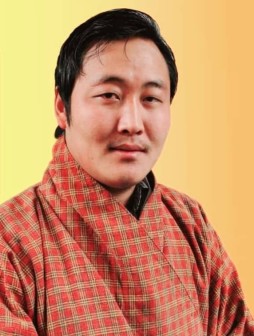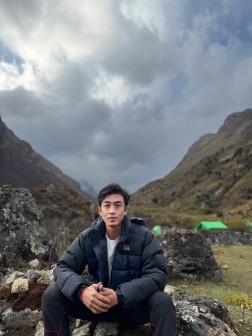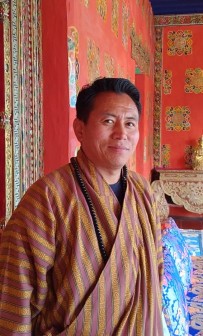



Combine the multiple fascinations of touring with the sense of freedom and separation derived from trekking and also experiecing the culture of the Kingdom of Bhutan. This easy to moderate trip aims to illustrate Bhutan's essential inherent charms within a program that is not overly strenuous. The western and central regions together form the country's cultural heartland. It was from within these more gentle, temperate valleys that the Buddhist faith gradually spread to embrace and unify the nation.
You will travel from sacred sites in Paro to Bumthang, journeying across this allegorical shin to retrace the steps of Guru Rinpoche, the most eminent of Bhutan's long line of holy figures. Your journey passes through the imposing settlement of Trongsa, birthplace of the 20th Century monarchy. You will then embark on a trek through Trongsa's stunningly beautiful landscape, a setting that is both a tremendously rich source of natural life and stirring legend. You have the opportunity to join the unique blend of homage and revelry in villages spanning across Takin Village Trail. Your Bhutan journey then takes you through Gangtey valley housing largest wetland in the country to the warmer valley of Punakha, the ancient capital of Bhutan and via Dochula pass with panoramic views of Himalayas unto the cautiously modernizing capital of Thimphu.




